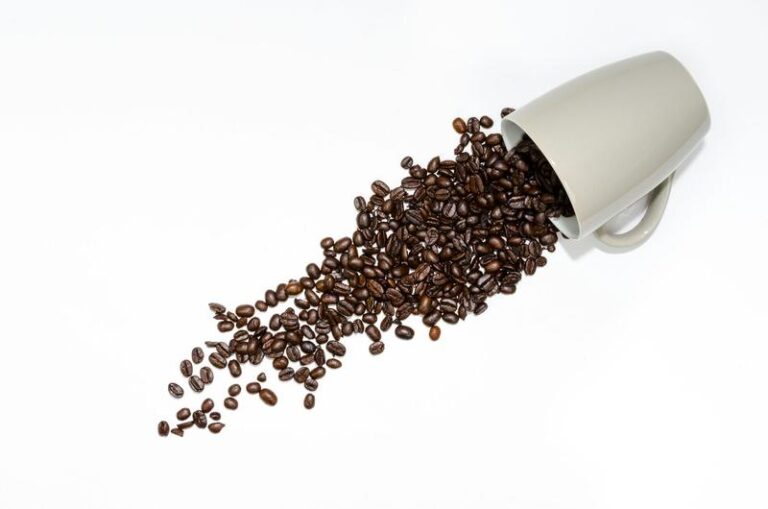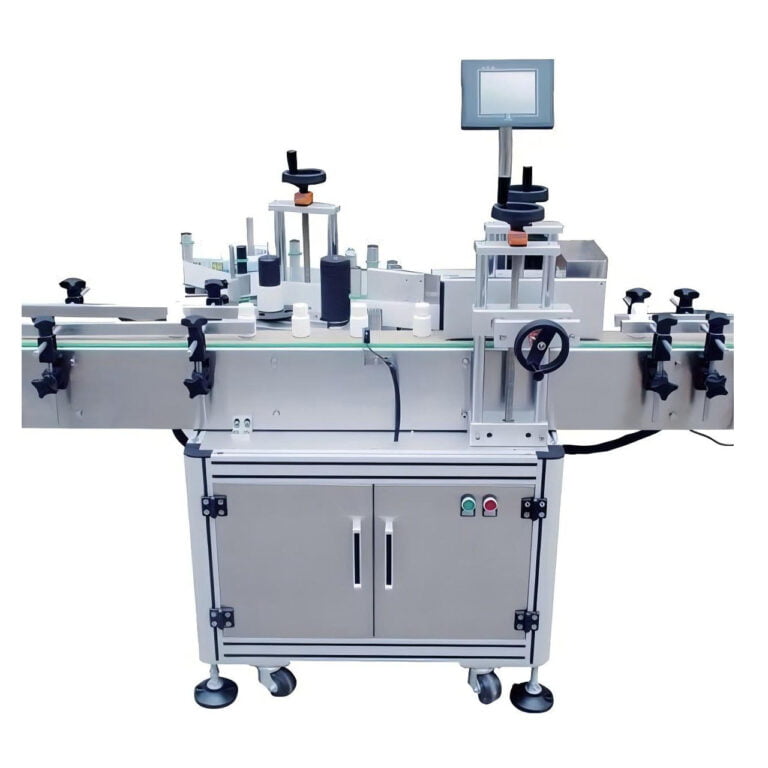Are you thinking of contacting a packaging machine manufacturer to get a price quote? Perfect, let’s discuss. But first, take some time to ensure the overall requirements of your project are well-defined. Here’s why.
Packaging machine manufacturers require very specific details about your project to provide the most accurate recommendations and pricing. Packaging equipment is usually customized to each customer’s unique needs. What this means for you: Be prepared to answer many questions when asking for a packing machine quotation.
To help get you started, here are 5 common questions to expect, and tips to determine the answers:
Do you use pre-made pouches or rollstock film?
A flexible packaging machine can either form bags from a large roll of plastic film (called rollstock) or fill and seal pre-made bags. Both packaging materials are purchased from a film supplier that specializes in creating or converting packaging films and bags.
Here’s the difference between the two:
• Rollstock film is a big spool of flat plastic packaging film wrapped around a hollow core. This large film roll is formed into your desired bag style. Generally, rollstock film is the most economical choice and can be processed at higher speeds.
• Pre-made bags arrive at your facility already shaped into bags. A packaging machine then fills and seals these bags. Usually, the cost per pre-made bag is higher but provides a more premium appearance.
What are your desired bag styles?
Many bag styles can be produced on flexible packaging machines. Here’s a summary of the most popular types:
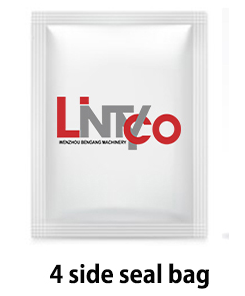
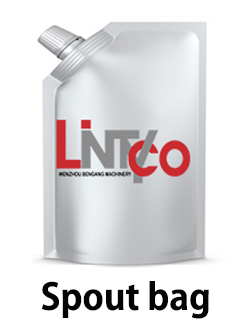
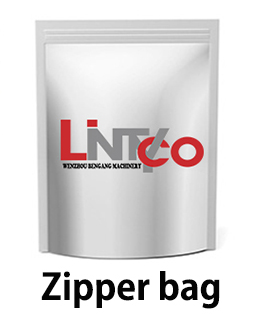
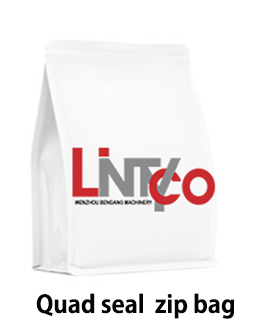
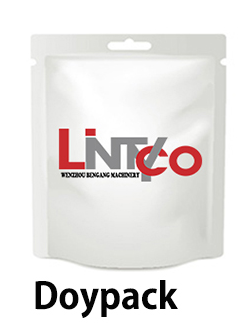
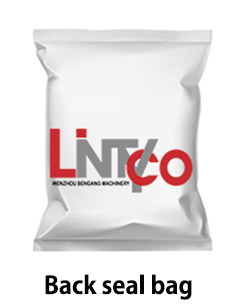
1. Pillow bags are the simplest and most cost-effective packaging format, made of two flat sheets sealed at the top, bottom and down one side. Examples are chip bags or small coffee packets found in hotel rooms.
2. Doypacks are stand-up pouches with an oval base. This premium bag style is gaining popularity for gourmet food products.
3. Quad seal bags have a rectangular bottom and stand on their own. This bag type has two side gussets and two panels joined by four vertical seals, providing a more structured bag with a modular appearance. Quad seal bags are common in the premium coffee aisle.
4. Flat bottom bags are similar to quad seal bags with two gussets, but only have one vertical seal. Coffee bags are often this type.
5. Gusseted bags are like pillow bags but have side gussets, allowing more internal space.
6. Three side seal bags are flat pouches sealed on three sides.
7. Sachets are small, flat packets sealed on all four sides. Examples are single-serve sugar and ketchup packets.
8. Stick packs are very narrow pillow bags used for things like single-serve drink mixes.
Do you have any packaging speed requirements?
Packaging machine speeds refer to how many finished bags the equipment can complete in a certain time. Speeds are usually given in bags per minute (bpm). The achievable speeds for your project depend heavily on your product properties, plant environment, bag type, operator skill, and budget.
If you have a goal of a certain number of bags per hour, day, week, or year, calculate the equivalent bags per minute. Generally, if your needs are intermittent or only a few per minute, a semi-automatic or manual process may suit better. Fully automated may be overkill in both speed and cost.
What are your bag specifications?
Knowing your exact bag specifications is vital to specify suitable equipment and provide an accurate price quotation.
1. Bag dimensions. For flat bags, the width and length are needed. For bags with gussets or that stand up, the width, length, and depth are required.
2. Bag weights or volumes. For solid and powdered products, how much does the filled bag weigh? For liquids, what is the volume of the filled bag?
3. Regulatory requirements. Do any country, state, or local regulations specify certain bag specifications? For example, in the pharmaceutical and legal cannabis industries, child-resistant closures are usually mandatory.
Most global packaging machine manufacturers use metric units (usually mm or mL) to represent their parameters, but imperial units like inches, ounces, and pounds are also acceptable.
What are your product specifications?
1. Granules/Solids: What are the average piece size (dimensions) and weight? Is the product sticky, dry, fresh, or frozen?
2. Liquids: What is the viscosity? (More details on liquids and viscosity here)
3. Powders: What is the bulk density? Does the product flow freely? (More on powders and bulk density here)
4. Filling temperature: Will the product be hot, frozen, or room temperature when filled into bags? (Expressed in degrees C or F)
New to packaging automation? We’re here to help.
Hope this helps get you started. Preparation is key! Learn all you need to know before buying your first packaging machine. Download our free first-time buyer’s guide.




